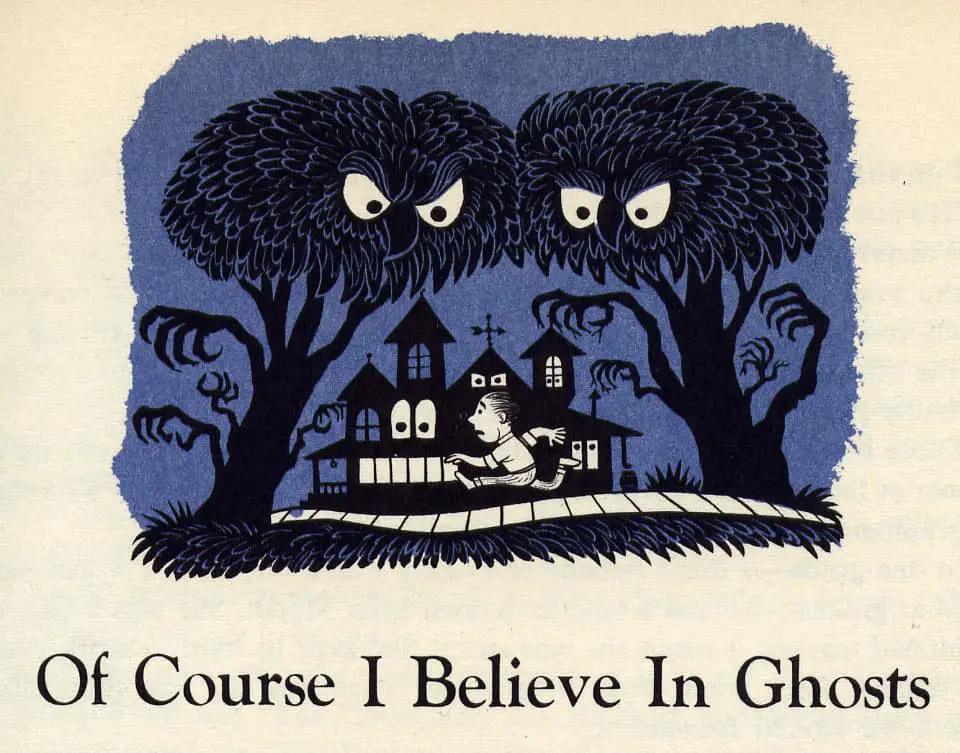What’s the point of ghost stories?
A really good and scary ghost story focuses me. It pulls me from my ordinary, self-focused fears and connects me with something older and more mysterious.
Claire Cronin at Rumpus
The ghost story was designed for the short form. It emerged a long time ago, from folklore and oral legends; some of our oldest stories are ghost stories. In horror literature, one place where the genre first appeared was through inset narratives in Gothic novels. Within a larger story, one character would tell a tale of the returning dead. This served not so much to further the larger plot as to deepen and derange it. Like a ghost itself, the ghost story is an interruption of the present. And the scene of a ghost story’s telling is, like a nightmare, a vivid and emotional reality inside a larger, more mundane one.
WHAT TO READ WHEN YOU WANT A GHOST STORY, OLD OR NEW
BY CLAIRE CRONIN
In this post, ‘ghost’ is a proxy for anything supernatural: What’s the point of monsters, werewolves, and other magical fantasies?
I have a friend who disapproves of Harry Potter, but not for religious reasons — for scientific ones. His argument: stories about magic promote magical thinking, when the world needs more critical thinking. I can’t fault him on his main point, but do magical, ghostly, supernatural stories during childhood really contribute to lack of reason, and poor critical thinking?
For storytelling purposes it doesn’t really matter if ghosts are ‘real’ or not. The feelings definitely are.
‘I believe in whatever these feelings are.’
Meg Rosoff
Do we ever have a feeling that the conversations we have by email or on Facebook, our Internet banking transactions, or our daily intakes of smartphone apps are not real or not relevant for our existence as human beings? Most often, we feel that they are real, they are relevant to our lives, and they do affect ourselves and those around us. Photo and video cameras, television sets, scanners, printers, sound systems, smart phones, tablets — a plethora of devices that come up with various offers: some of them promise to help us depart our everyday world and enter different realities with no pain, no shock and, most importantly, no fear that ‘the other realm’ could be experienced as a fake reality; others promise, on the contrary, to invade, enrich, and augment and reality of our daily life by preserving, again, the authenticity of our sense of reality. We are invited to admit that, ultimately, it makes no difference whether the things we see and hear are real or just appear to be real, as long as our experience of them is real enough. In other words, we have an invitation to ontological reality.
The Multiple Reality: A Critical Study on Alfred Schutz’s Sociology of the Finite Provinces of Meaning by Marius Ion Benta 2014
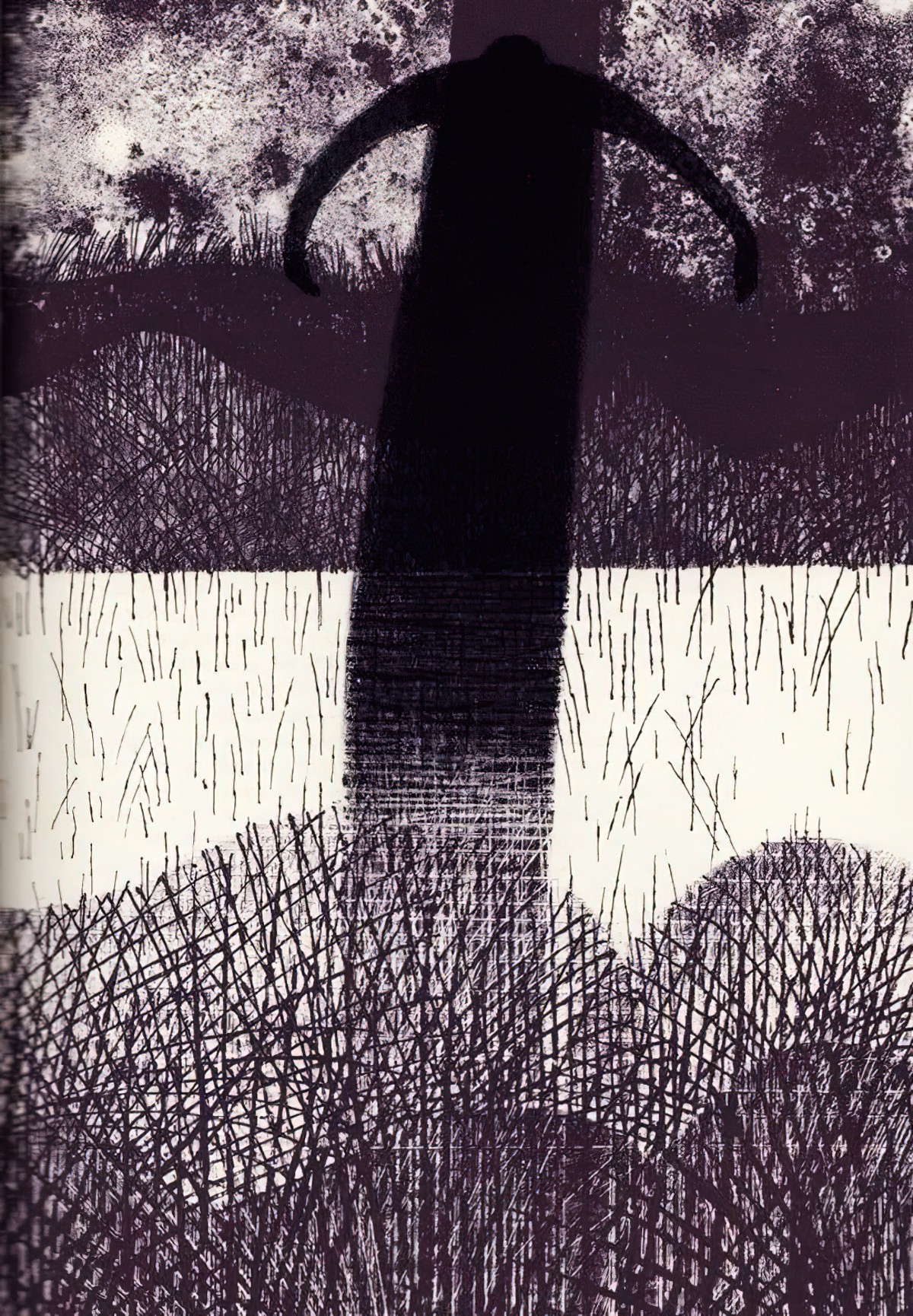
PERFECTLY GOOD REASONS FOR WRITING GHOST STORIES
To encourage readers to believe in ghosts.To encourage readers to consider there’s something beyond our own realities.- To create a temporary setting in which ghosts do exist, to allow us to enjoy that frisson of temporary horripilation.
- To allow us insight into the way others experience fears. Supernatural stories can be allegories for mental illness or drug-induced hallucinations. The experience of non-reality as reality is indistinguishable from actual reality. If some of that fear can be provoked in us, we might achieve empathy with those people.
- Supernatural elements in a story can function as part of the symbol web, leading the reader towards new (non-supernatural) insight about the human experience: longing, obsession, uncertainty and disbelief. The symbol web might signify memories of things which exist no longer, or various other fears and anxieties.
- To allow scary experiences without leaving the audience in a downcast mood. Stories which genuinely scare me are about climate change, about missing children, about sickness and old age. This is a depressing kind of scary, and part of me would like to really enjoy a Stephen King novel, with beasts and supernatural beings which will never actually hurt me or my family. For most of us, ghosts are a pure, safe kind of terror.

GHOSTS AS PSYCHOLOGICAL WEAKNESS
In many ghost stories the ghost is a projection of the psychology of the person to whom it appears. If a character is seeing a ghost, this means there’s something unresolved in the character’s psychology. The Dickens ghost is a great example of this. Here’s how those stories go: Once the character’s issues were resolved they aren’t seeing the ghost no more.
For this reason, some storytellers call character flaws and psychic wound the ‘ghost‘.
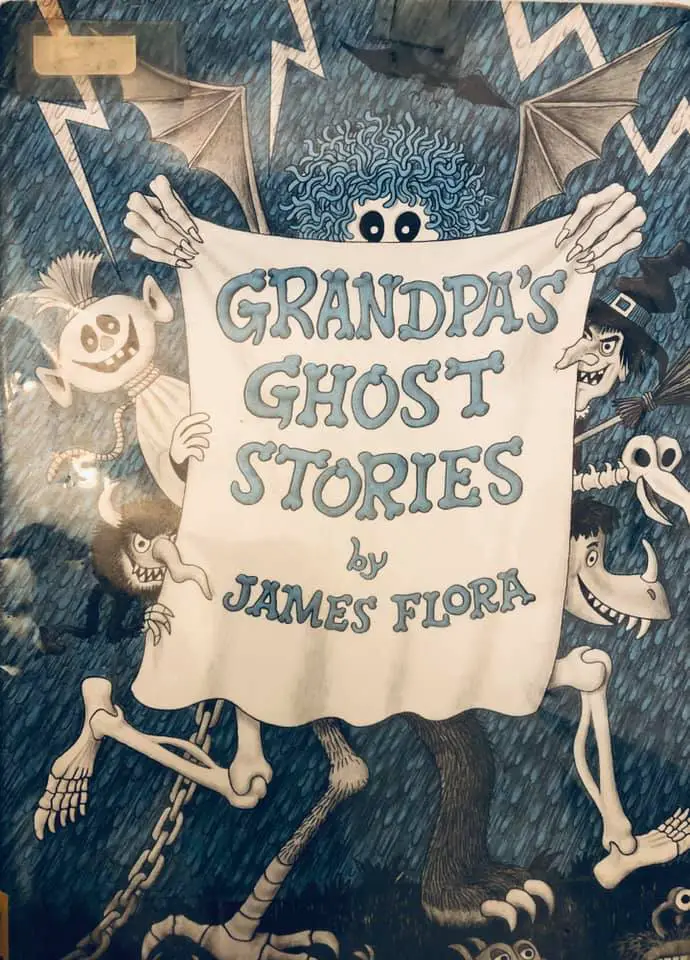
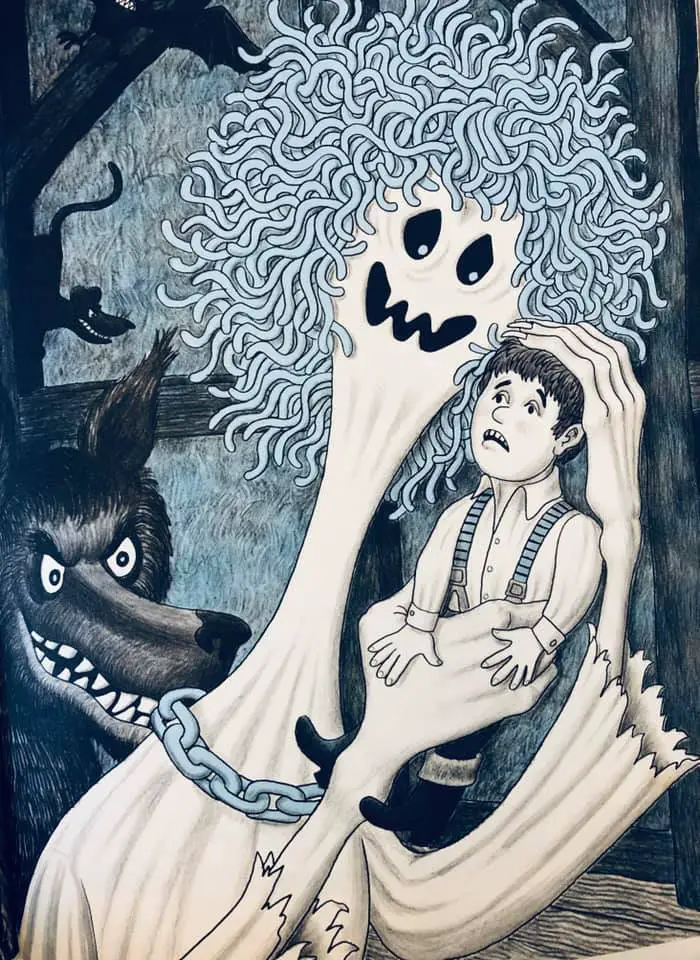
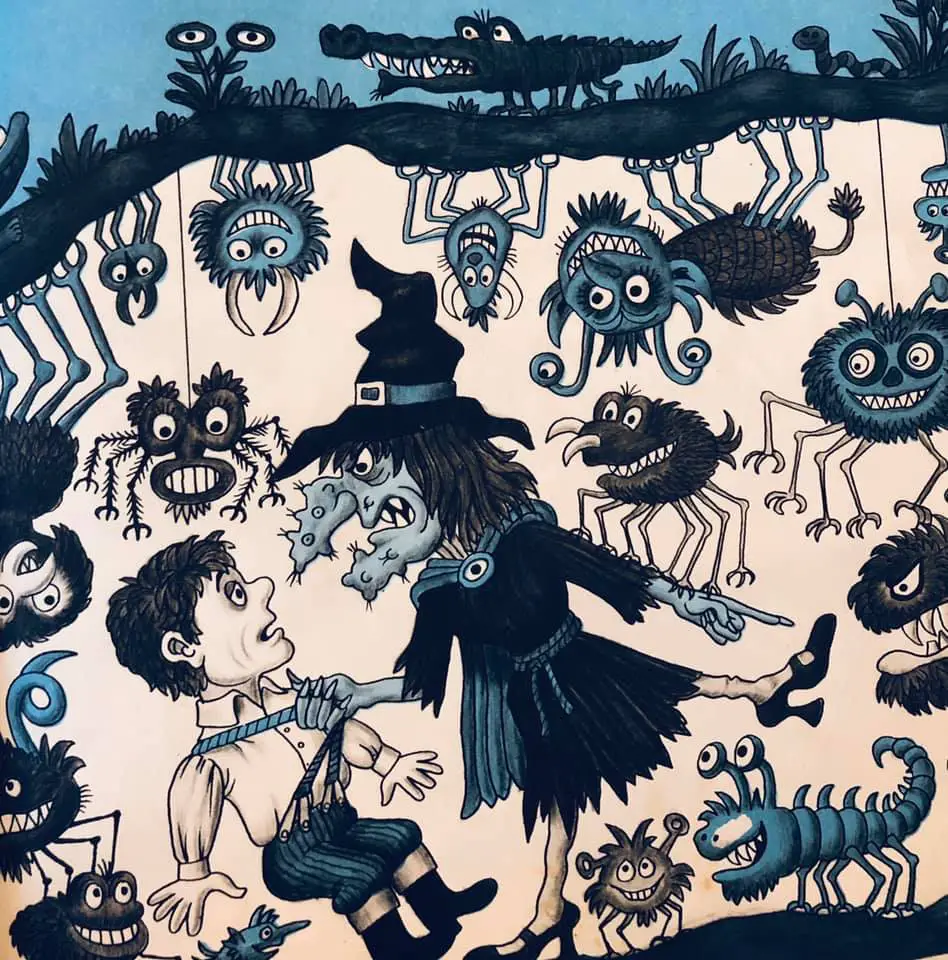
GHOSTS AS EXPRESSIONS OF EMOTIONS
The following is excerpted from a 1974 young adult novel by Penelope Lively, and explains how old ghost stories can still be relevant in modern times. In a metafictional discussion about a school performance of Macbeth, 14 year old Clare speaks to Aunt Susan and Aunt Anne:
Aunt Susan didn’t agree. “They are psychological ghosts. You shouldn’t see them. They are an indication of Macbeth’s private guilt and anguish.”
“Surely you are being too modern?” said Aunt Anne, retrieving hair. “To the seventeenth-century mind ghosts were perfectly acceptable. Portents, maybe, expressions of guilt, if you like, but quite real and visible.”
The aunts argued, gently. The library clock whirred, clicked, struck five.
“What do people have now, then?” said Clare. “Instead of ghosts?”
“Have?”
“Have in their minds, instead of ghosts. If they’re in a state about something, like Macbeth?”
“I suppose obsessions would be the modern substitute,” said Aunt Susan. “Neuroses of one kind or another. Burying anxiety in some kind of obsessive fancy.”
“Imagining something was going on that wasn’t?“
“That kind of thing.”
The House In Norham Gardens
The uneasy feeling that we are not alone is remarkably common. So common I’d guess almost everybody has experienced it:
About halfway up the steps, every time, I was overcome with an unshakeable certainty that there was a monster behind me, chasing me. I won’t say I never get that feeling anymore, but I force myself to walk up the stairs slowly and calmly when it happens now, swallowing my fear. That’s called being an adult.
The sense of someone near you when no one is actually there is called “feeling of presence” or FOP
The Brain Makes Its Own Ghosts
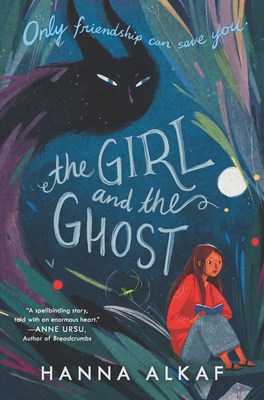
I am a dark spirit, the ghost announced grandly. I am your inheritance, your grandmother’s legacy. I am yours to command.
Suraya is delighted when her witch grandmother gifts her a pelesit. She names her ghostly companion Pink, and the two quickly become inseparable.
But Suraya doesn’t know that pelesits have a dark side—and when Pink’s shadows threaten to consume them both, they must find enough light to survive . . . before they are both lost to the darkness.
GHOSTS AS EXPRESSIONS OF ONE’S OWN MADNESS
Claire Messud touches upon the relevance of ghost stories to modern life in her novel The Woman Upstairs:
There is a story by Chekhov…that had fascinated me in college. The black winter of my second year, assailed by doubt at not having gone to art school, I’d read it over and over. ‘The Black Monk’: about a man who imagines himself visited by a ghostly monk, with whom he has life’s vital conversations, about creativity, and greatness, and the meaning of existence. The monk assures him of his importance, of his exceptional talents. Then he realizes that the monk isn’t real; that he himself must be mad. But how much better to be made in the company of the monk, than to be sane, and constrained in his aspirations, and alone.
“The Wer-Trout” by Annie Proulx is not a ghost story but draws from the supernatural ghost story in a tale which is realism. In classic modern horror story, the supernatural creature of the story is made up by a drunk man’s imagination, but in the Anagnorisis phase he sees himself reflected and reflected back is the face of the creature he’s concocted to scare his fishing buddy. The function of the Wer-Trout in Proulx’s story is very similar to the function of the ghost in Messud’s novel: imagined supernatural creature as outworking of one’s own frightening parts. This is generally how modern writers use ghosts, monsters and supernatural events — to allow a character insight into the inner darkness of themselves.
Alone in an unchanging environment, the sensory information available to us, and the ways in which we process it, can change in unpredictable ways. For example, we normally spend most of our time attending to and processing external stimuli from the physical world around us. However, monotonous stimulation from our surroundings may cause us to turn our attention inward, which most of us have much less experience handling.
This can lead to a profoundly altered state of consciousness. We may begin to question what’s going on in our surroundings: Is that creaking sound upstairs just your old house pushing back against the wind, or something more sinister? This ambivalence leaves us frozen in place and wallowing in unease—especially if we’re alone. When we’re uncertain, the first thing we usually do is to look to the reactions of others to figure out what is going on. Without others with whom to share information and reactions, ambiguity becomes very hard to resolve. When this happens, our mind can quickly race to the darkest possible conclusions.
Psychology Today
WRITING SUPERNATURAL STORIES
For storytelling purposes, I divide supernatural stories into two separate groups:
- The supernatural element is part of the plot. The writer creates a full fantasy setting in which supernatural elements are not only explained, but they also have their own detailed lore. Enjoyment from reading these stories derives partly from getting to know a supernatural milieu so different from our own. Twilight would be an example of that.
- The supernatural element is part of the symbol web. The writer is probably writing a story set in the real world, or something quite close to it. The origin of the supernatural element is never explained. It comes, it makes its impact on the main character(s), and it may leave at the end, or hang around to create chaos beyond the story. “King Bait” by Keri Hulme is an example of that kind of story. We don’t know where the whitebait river came from, or anything about it, but Hulme uses the supernatural fish to say something about the human condition. Neil Gaiman’s short stories are often like that, too: teenagers gatecrash a party and find they’ve gatecrashed an alien party. We don’t know where the aliens came from or why they’re at the party — the story is only about the human experience of encountering something very strange and beyond us.
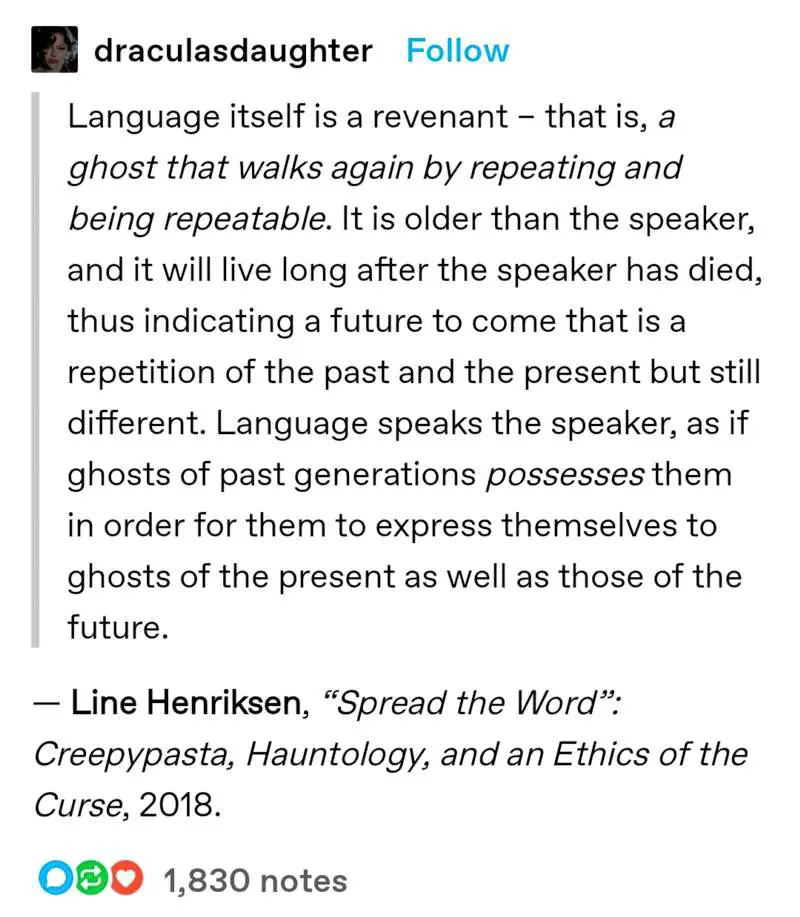
Related Links
The Science of Ghosts: What’s Really Happening When Your Brain Detects a Ghoul? from Big Think
Header illustration: A Red Skel(e)ton In Your Closet, edited by Red Skelton, illustrated by Jim Flora, pub Grosset & Dunlap 1965
FURTHER READING
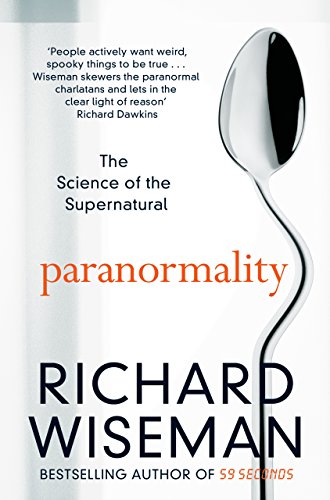
Professor Richard Wiseman is clear about one thing: paranormal phenomena don’t exist. But in the same way that the science of space travel transforms our everyday lives, so research into telepathy, fortune-telling and out-of-body experiences produces remarkable insights into our brains, behaviour and beliefs. Paranormality embarks on a wild ghost chase into this new science of the supernatural and is packed with activities that allow you to experience the impossible. So throw away your crystals, ditch your lucky charms and cancel your subscription to Reincarnation Weekly. It is time to discover the real secrets of the paranormal.
